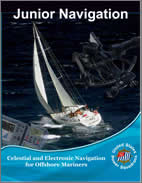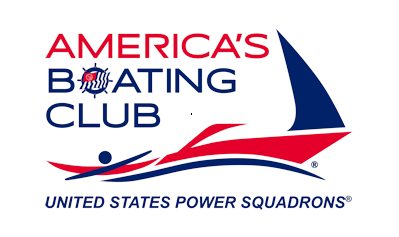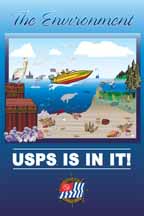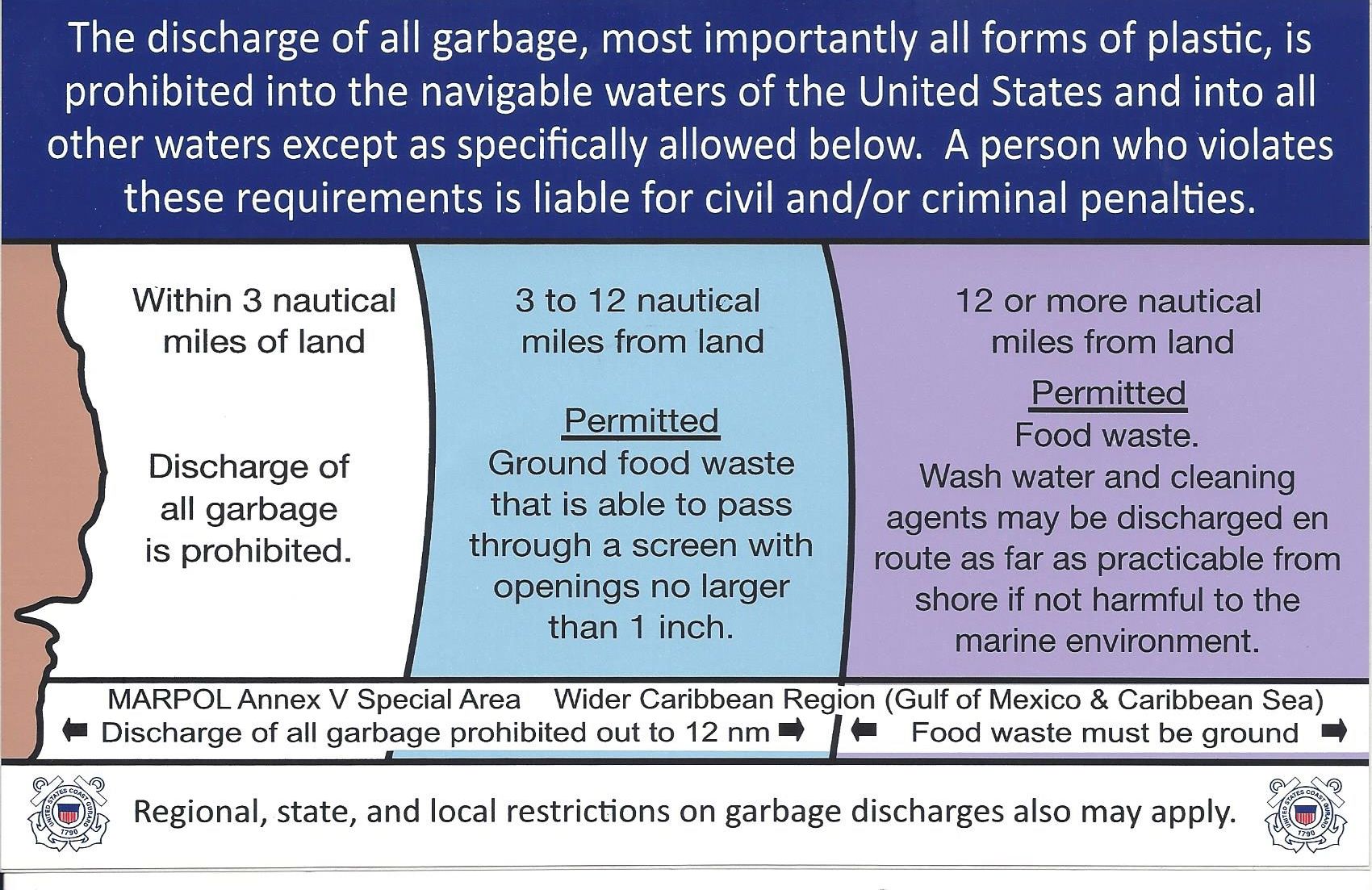 JUNIOR NAVIGATION - Celestial Part 1
JUNIOR NAVIGATION - Celestial Part 1
What happens when your GPS fails? Have fun and satisfy your curiosity about boating in the days before electronics in the Junior Navigation course. Learn to use a marine sextant to take sights on celestial objects such as the sun. Even if you are not traveling long distances off shore, remember that GPS is not infallible, nor always available. Be confident when no aids to navigation or land objects are in sight.
In Junior Navigation, you will continue to use GPS as the primary position sensor as you learned in Piloting and Advanced Piloting, but with celestial navigation as your backup technique. Because terrestrial landmarks are no longer visible to the offshore navigator, you will learn to use a marine sextant and the sun as your reference point, derive a line of position, and develop a running fix. You will also learn to calculate your latitude from a noon sight on the sun.
What's Included?
- Determining precise time
- Using the Nautical Almanac
- Taking sextant sights of the sun
- Reducing sights to establish lines of position
- Determining latitude from a noon sight
- Using special charts and plotting sheets for offshore navigation
- Setting offshore navigational routines for recreational craft
This interesting and challenging course emphasizes the practical aspects of daytime celestial navigation. You will also learn to prepare a sight folder that documents your positioning skills using sights taken on the sun. The course will take approximately 14 weeks to complete and you will have two additional weeks to complete an open book exam.



